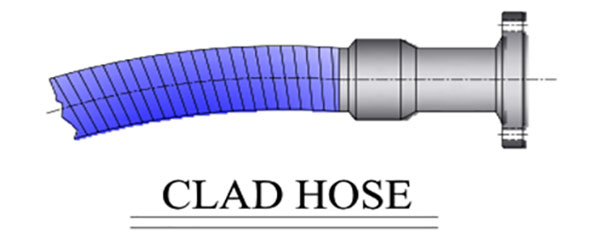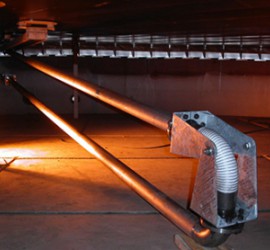
ROOF DRAIN SYSTEM
Designed to prevent roof water accumulation exceeding the customer's specified maximum design level, even at the highest rainfall rate.
Drain System Variation :
Articulate Rigid Pipe type
1. Hitek Joint type
2. Swivel Joint type
3. Flexible hose type
4. Ball Floating type
1. ARTICULATE RIGID PIPE TYPE ROOF DRAIN SYSTEM
– GREENDECK’S ‘Rigid Pipe Type Roof Drain’ system with joint is the most common type for all external Floating roof tanks.
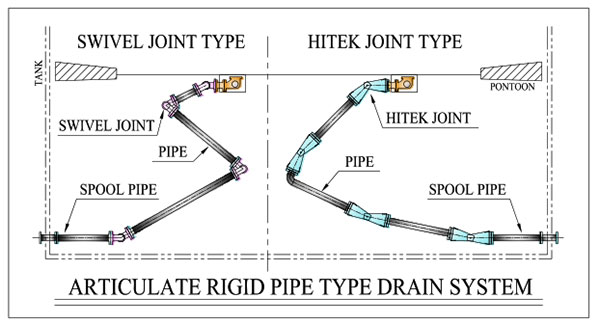
2. SWIVEL JOINT TYPE ROOF DRAIN SYSTEM
– GREENDECK “Swivel Joint” can be used for many nozzle size from 2″ to 14″.
Technical Data
Material- Carbon Steel / Stainless Steel
* Connection – ANSI l 50LB (Other conn.are available)
* Swing Limit – Full 360°
*Max. Temp.- 100°C-230C
*Max. Pressure.- 20kg/em’G
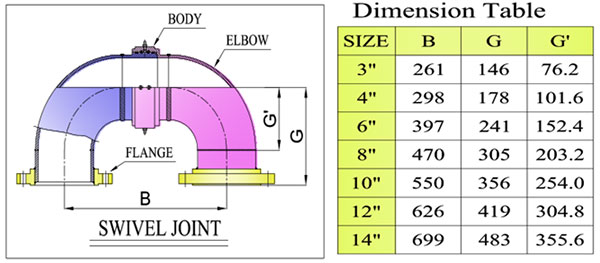
3. HI-TEK JOINT TYPE ROOF DRAIN SYSTEM
– GREENDECK “Flexible Swing Joint” can be used for many nozzle size from 2″ to 8″.
Technical Data:
* Material: Arms : Carbon Steel / Stainless Steel
* Hose : Flexible Composite (Galvanized C.S. / S.S.304 or S.S.316 wired)
* Connection : ANSI 150LB (Other conn.are available)
* Bending Limit : Max. 90°
* Temp. Range : -20°C-100°C
* Max Pressure : 8.5kg/cmG
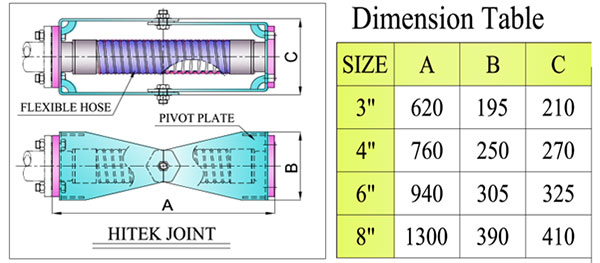
4. BALL FLOATING CHECK VALVE TYPE ROOF DRAIN SYSTEM
– GREENDECK’S “Ball Check Valve” is effective way of preventing backflow of the stored
product if leakage occurs.
Technical Data :
* Material – Cast Iron / Stainless Steel Ball
* Connection – ANSI 150LB (Other connections are available)
* Packing – NBR Packing

FLEXIBLE HOSE TYPE, ROOF DRAIN SYSTEM
The ‘Flex Hose’ type drain is installed with a 360° cil and can connect the sump nozzle to the shell nozzle (without rigid piping) in one continuous length regardless of tank
General
– LSD’s ‘Flexible Hose Type Roof Drain’ can cover most applications form continued submergence in 100% aromatics to 300 °F hot tanks Ethanol and Methanol applications.
– Flexible Drain is designed to prevent kinking of the hose or pinching of the hose under the deck support legs.
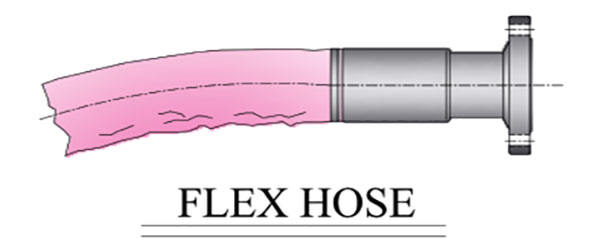
CLAD HOSE TYPE :
* The ‘Clad Hose’ type drain can be installed from center sump to shell even in the largest tanks with one continuous length or, for economy, can utilize the “shortest length”
concept in conjunction with rigid piping.
